Harnessing technology to address global hunger and poverty
Extreme hunger and malnutrition also hinder the progress of other goals including quality education, employment, equality, sustainable cities and communities, good health, and well-being.
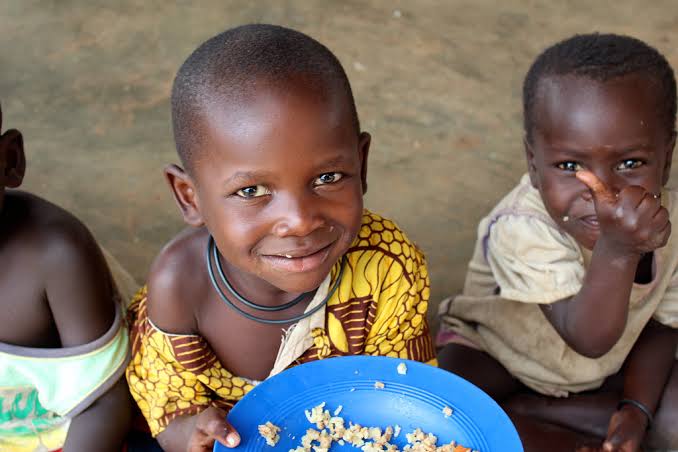
Innovation is a critical factor in achieving the 17 Sustainable Development Goals (SDGs) adopted by the United Nations for the year 2030. When done right, innovation can help the world address most of the pressing issues including poverty, hunger, gender inequality, to name a few.
Although, the world is producing more than enough to feed everyone on the planet, yet 821 million or one in nine people worldwide don't have food to eat, owing to climate change, migration, disasters, population explosion, and other factors. Extreme hunger and malnutrition can also hinder the progress of other goals including quality education, employment, equality, sustainable cities and communities, good health, and well-being, subsequently obstructing the path to socio-economic development and sustainability.
'Zero Hunger', the Sustainable Development Goal 2 of the United Nations seeks to end hunger and malnutrition, achieve food security and promote sustainable agriculture. The goal intended to be achieved by the year 2030 aims at:
- Ending hunger, and ensuring access by all people to safe, nutritious food;
- Ending all forms of malnutrition;
- Doubling the agricultural productivity and incomes of small-scale food producers;
- Ensuring sustainable food production systems;
- Increasing investment in agriculture;
- Correcting and preventing trade restrictions and distortions in world agricultural markets;
- Adopting measures to ensure the proper functioning of food commodity markets.
Though the goal can't be accomplished overnight, global partnership along with technological innovation can surely catalyze efforts to tackle the world’s biggest solvable problem.
Here's a glimpse of the high and low tech solutions offering a promising future to tackle hunger, malnutrition and subsequently poverty:
H2Grow
Agriculture is integrally linked with food security and is the key element to abolish hunger, poverty, and malnutrition. Realizing this, H2Grow, a project supported by the World Food Programme's (WFP) Innovation Accelerator, helps vulnerable communities to build their own hydroponic systems so that they can grow food in impossible places and generate income for their families.
Video Credit: WFP
For example, refugees living near the Tindouf town in Western Algeria depend on humanitarian assistance for their survival due to the harsh and isolated desert environment that limits opportunities for them to become financially self-reliant. Coming to the rescue, H2Grow introduced cost and time-efficient hydroponic units that now help semi-nomadic Sahrawi refugees grow vegetables, fresh green animal fodder locally and strengthen food security in their community.
GrainMate
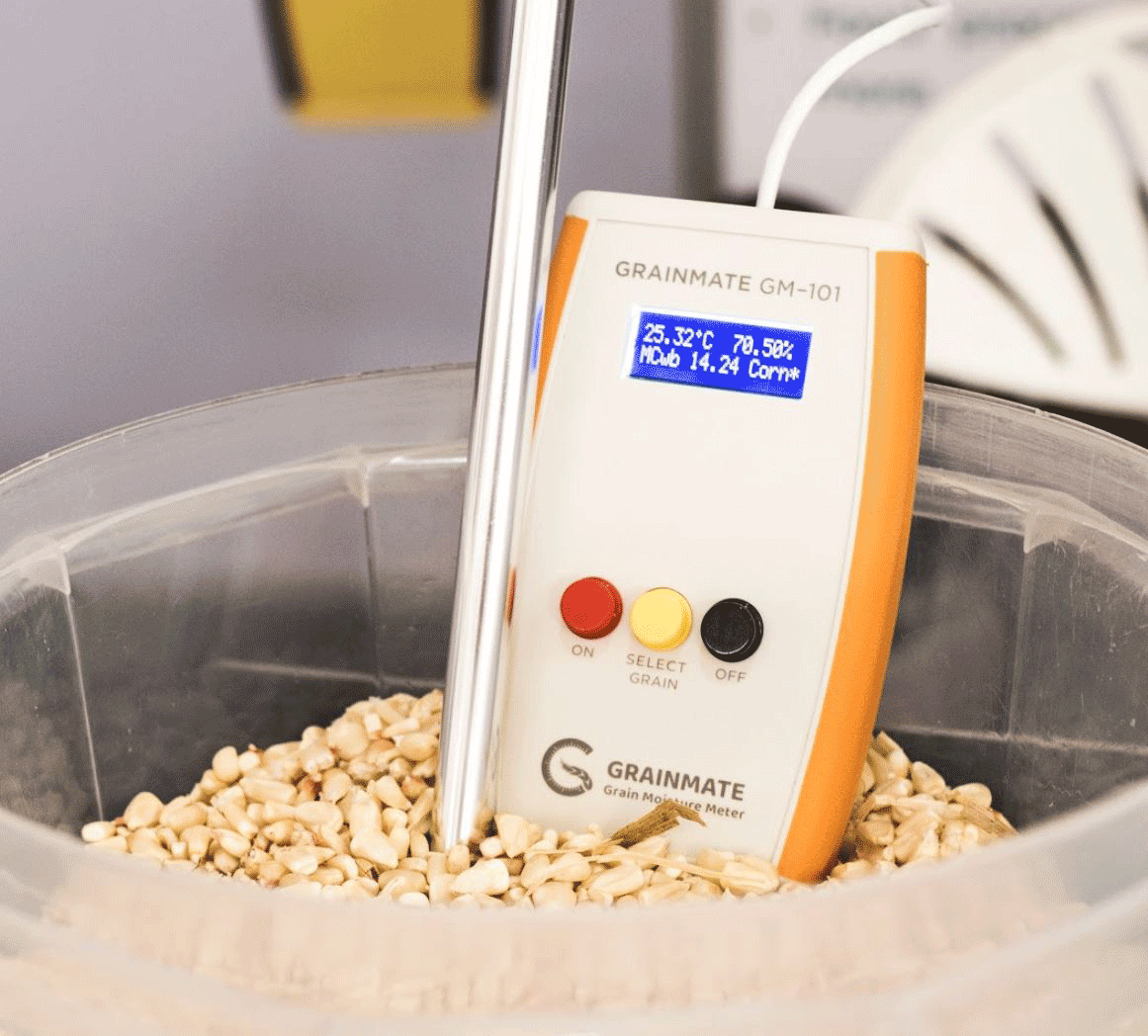
Developed by SESI Technologies, GrainMate is an affordable, easy-to-use grain moisture meter that helps African farmers and businesses measure moisture content in grains, feed and agricultural before storage to prevent post-harvest losses, infestation and aflatoxin contamination, while increasing productivity and maximize yield.
The LCD panel on the top of the meter gives a large digital readout of moisture, temperature, and relative humidity. The meter is ideal for measuring the moisture content of several commodities grown in Africa including corn, rice, chickpea. wheat, sorghum and soya bean with the capacity to support up to 32 different grains and legumes.
EMPACT
Launched by the World Food Programme (WFP), a humanitarian agency of the United Nations, EMPACT is a digital skills program for young refugees in Iraq and Lebanon which aims to connect them to work opportunities so that they can lift themselves and their families out of poverty. The advanced six-week course provides fundamental IT skills, advanced training, apprenticeships, a link to online work and everything that is required to grow into higher-skilled, better-paying jobs.

The program partners with leading technology firms to teach digital skills and to connect trainees with online work opportunities. Eyeing broad geographic expansion, EMPACT aims to reach 20,000 students by the end of 2020.
ShareTheMeal
An initiative of the United Nations World Food Programme (WFP), ShareTheMeal is a crowdfunding smartphone application to fight global hunger that allows users to make small donations to feed a child in need, anytime, anywhere. As of today, the application has shared over 47 million meals, since its launch in 2014.
The app raises funds and depending upon the situation, the WFP provides electronic vouchers, cash, school meals, food rations such as rice, wheat, lentils, wheat flour or highly nutritious foods for children suffering from malnutrition.

It costs US$ 0.50 for the United Nations World Food Programme (WFP) to feed one child for a day. Furthermore, after making contributions, users can also follow the progress of funding in the app to see how many meals have been shared by the community.
E-Cards / E-Vouchers
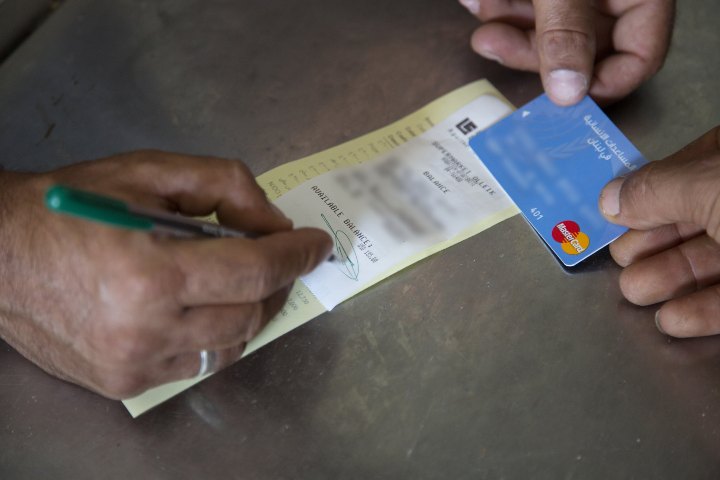
The World Food Programme provides food assistance to the Syrian, Palestinian and Lebanese refugees via the e-voucher system, aka ‘e-card’. Under the cash-based transfer program, the electronic cards, much like the master cards, are uploaded monthly with USD27 per person or USD 175 per household that allows them to buy various food items of their choice including fresh produce from local participating stores.
AgriPredict
Agriculture provides livelihoods for 40 percent of today's global population and forms a significant portion of all developing economies, particularly Africa, Latin America, and China. When coupled with technology, agriculture has a huge potential not only to feed the growing population but also to generate employment for youth and achieve sustainable development. AgriPredict is one such example that harnesses technology to power farmers.
Founded in 2016, the AgriPredict is a web and mobile-phone-based agricultural risk management platform that utilizes artificial intelligence and machine learning to provide cutting edge tools to help farmers manage pest infestations, diseases and adverse weather conditions such as drought and floods.
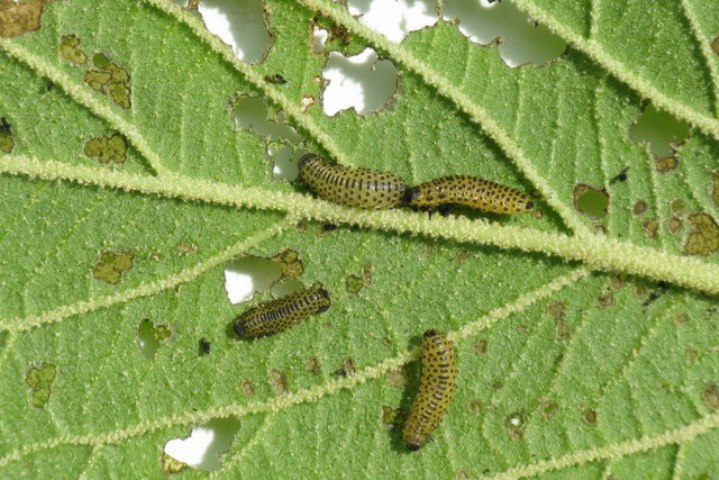
Farmers can simply take a picture of the suspected infected plant and the AgriPredict system will on-demand give a diagnosis, options for treatment if required and location of the nearest agro-dealer. The service is accessible via a USSD platform, social media including Facebook and Twitter or smartphone applications.
NEWS by CIAT
The Nutrition Early Warning System (NEWS) uses machine-learning, big data, and artificial intelligence to capture information and alert decision-makers to nutrition threats before a crisis strikes. The tool by the International Center for Tropical Agriculture (CIAT) also provides multiple options for nutrition interventions based on proven solutions, current trends, and nation, region-specific challenges which can further be used by governments, donors, aid-agencies, farmers, food companies and others to maintain and improve nutrition standards.
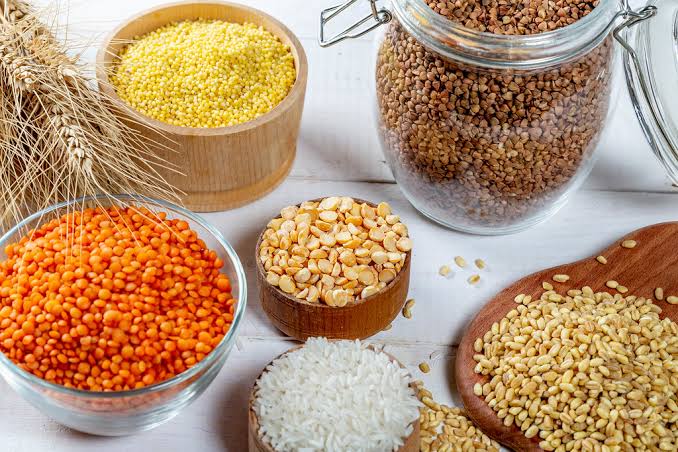
(Disclaimer: The opinions expressed are the personal views of the author. The facts and opinions appearing in the article do not reflect the views of Devdiscourse and Devdiscourse does not claim any responsibility for the same.)
- FIRST PUBLISHED IN:
- Devdiscourse
ALSO READ
For many decades, Congress gave slogan of eradicating poverty but the poor remained dependent for food, clothes and shelter: PM Modi.
25 crore people have been freed from the clutches of poverty in a decade: PM Modi at election rally in Maharashtra’s Nashik.
Rescued Baby Highlights Severe Poverty in Tripura
UN Agencies Launch National Strategy to Address Internal Displacement and Poverty in Ethiopia
Poverty on the Decline in Latin America as Brazil Leads the Charge










